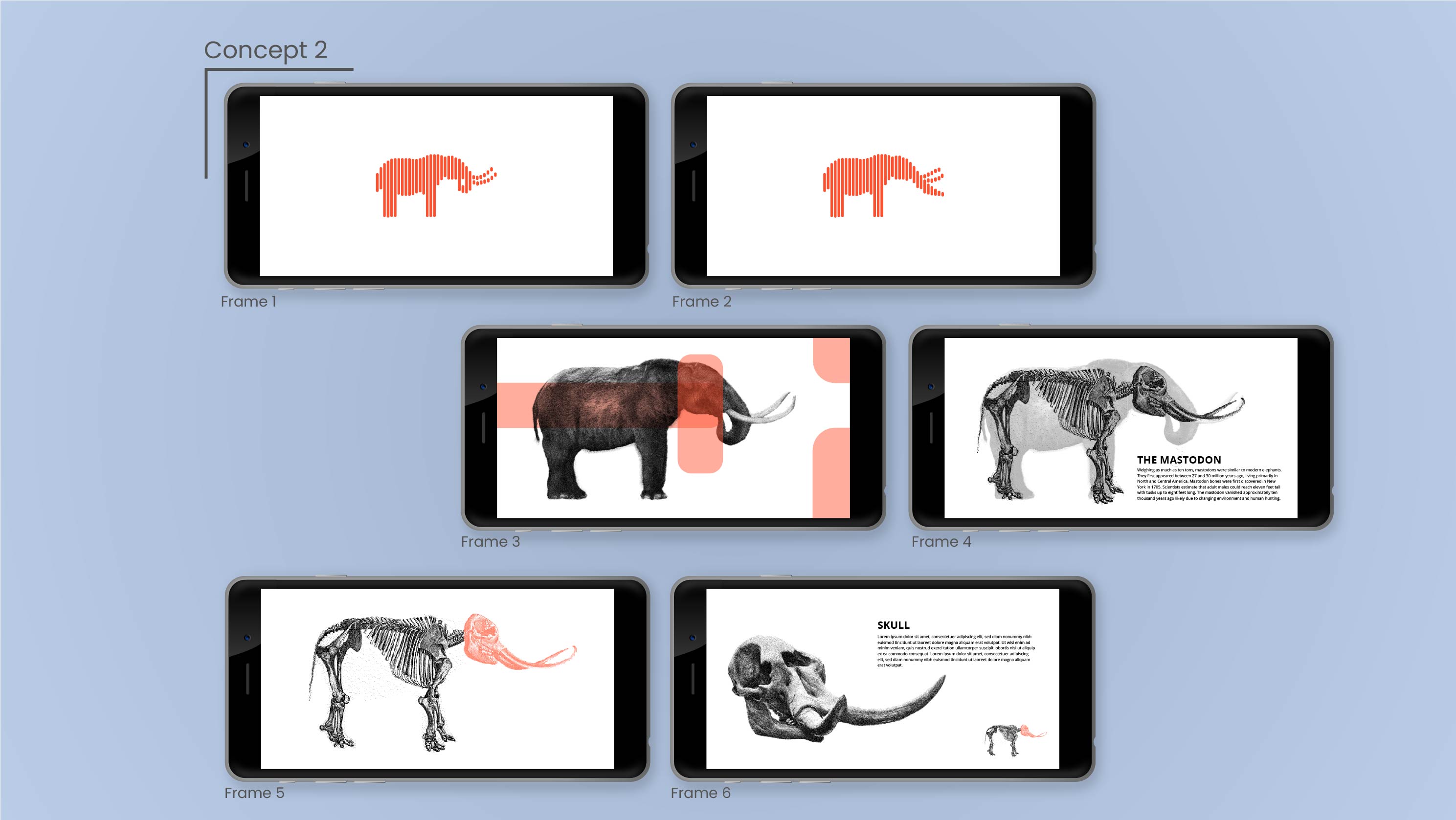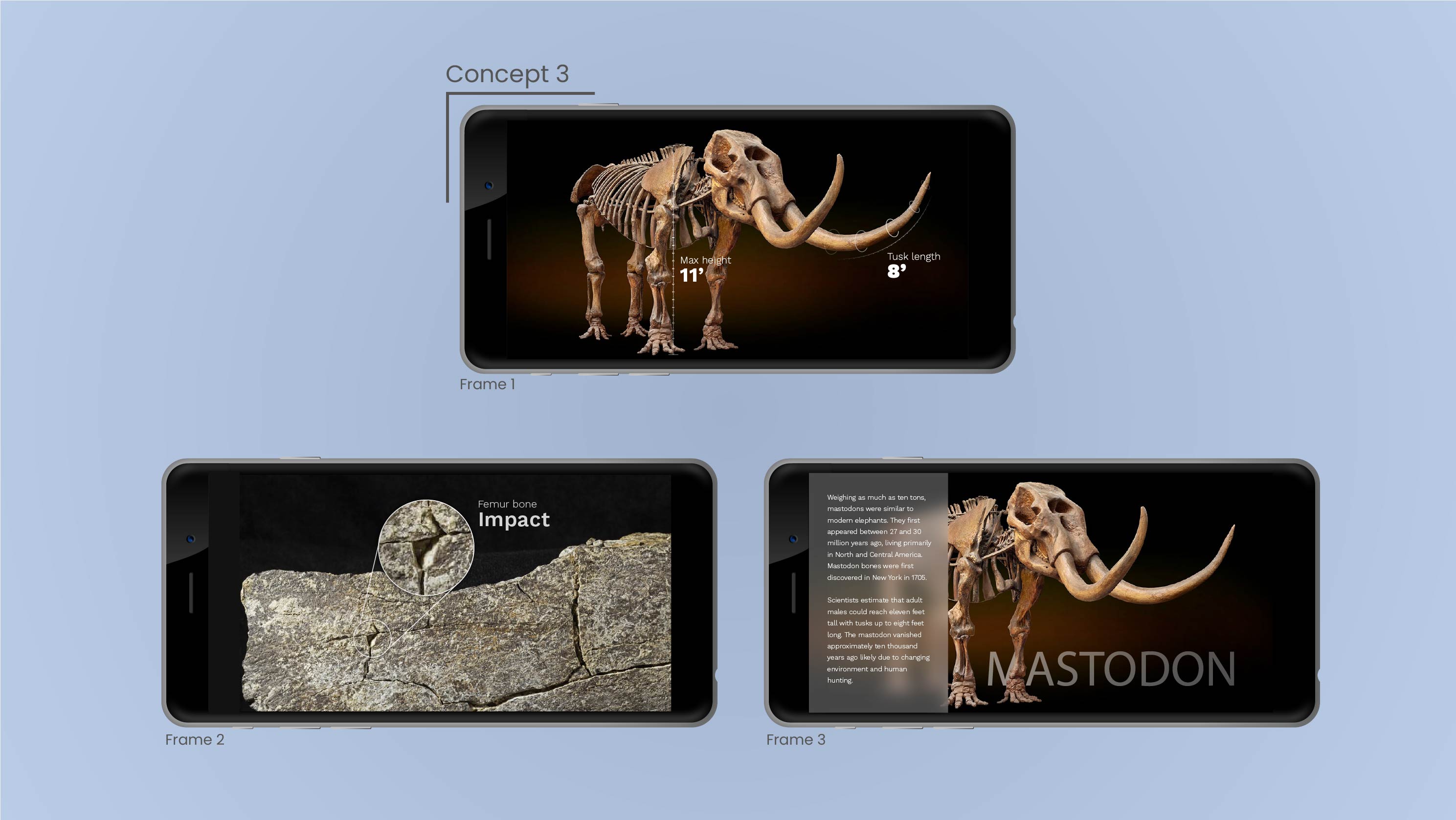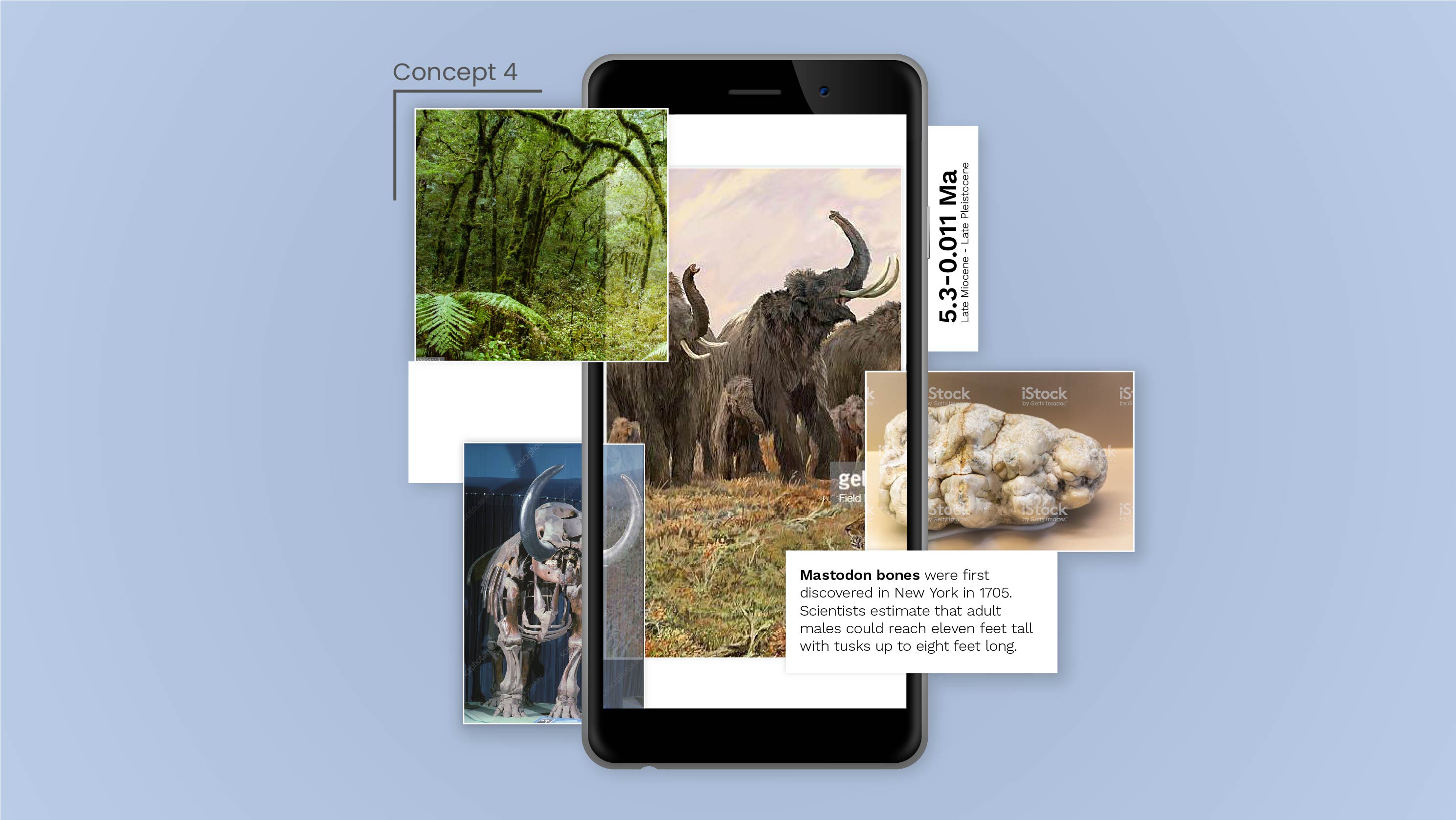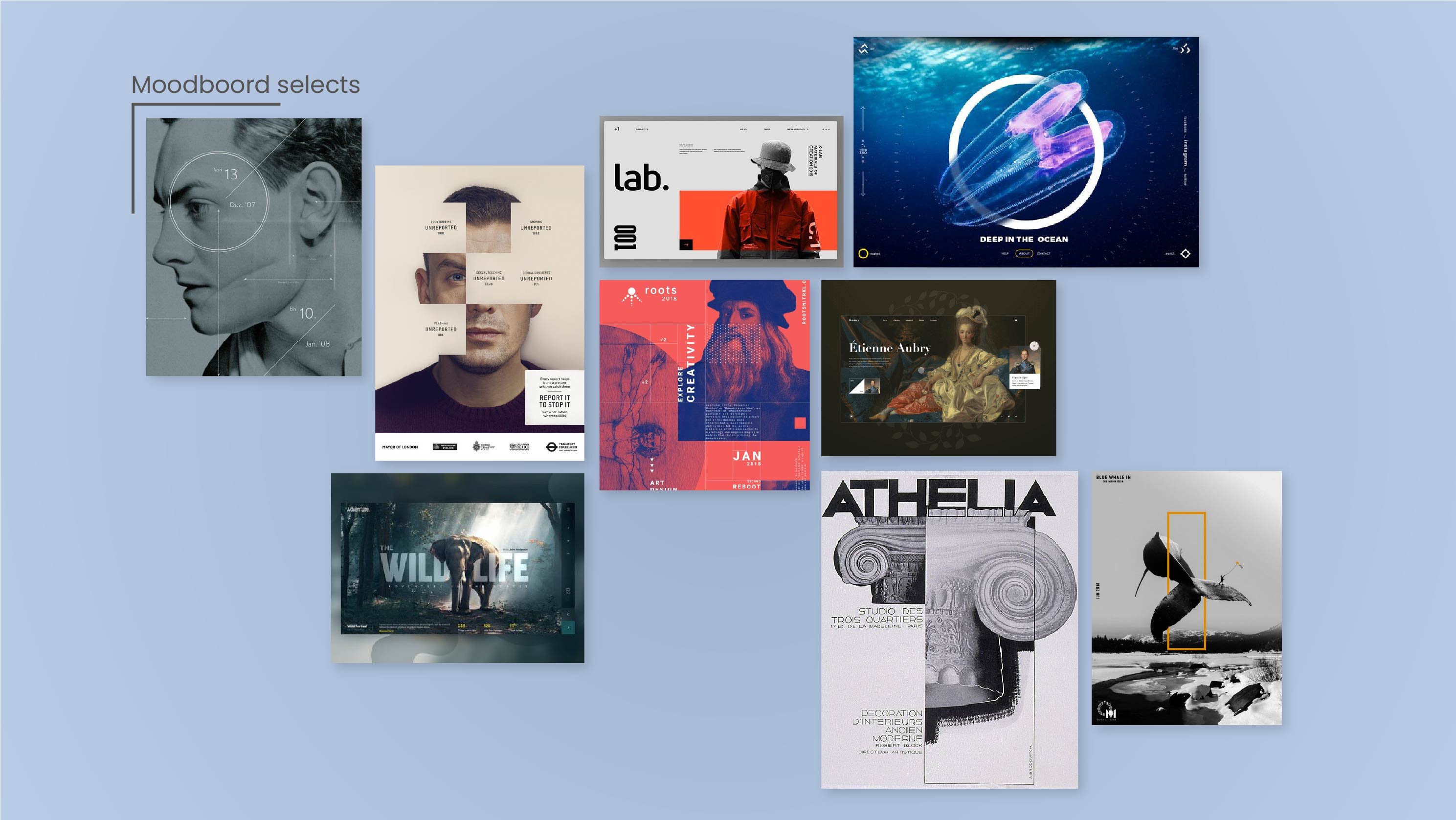Augmented Reality Museum Concept
Augmented reality concepts for the Buffalo History Museum’s Bicentennial, transforming artifacts into interactive storytelling experiences.
Challenge
In preparation for its Bicentennial, the Buffalo History Museum sought to reimagine the visitor experience through technology. The goal was to modernize the way guests engaged with exhibits, bridging the gap between historical artifacts and contemporary storytelling.
The challenge lay in creating an interactive solution that could both deepen educational impact and appeal to a wide range of audiences, from students to lifelong history enthusiasts. The experience needed to be accessible on museum-provided devices or personal smartphones, seamlessly integrating with existing exhibits without disrupting the authenticity of the physical environment. With limited precedent for augmented reality in regional museums, the project would have been a key differentiator for the museum in the community.
Solution
A set of four augmented reality concepts were designed to enhance exhibit storytelling. Visitors could scan plaques or artifacts with iPads or their phones, triggering AR overlays that revealed contextual facts, 3D animations, or interactive narratives, transforming static displays into dynamic, layered experiences.
Key deliverables included:
- Four unique AR concepts, each paired with detailed moodboards to visualize interaction styles and user flow.
- A design approach that respected the historical artifacts while introducing new interpretive dimensions through technology.
- Flexible use cases that could scale across multiple exhibits, ensuring longevity of the investment.
Although the project was paused at the design stage due to the onset of COVID-19 and the economic financial uncertainty, the work remains a strong proof-of-concept for how augmented reality can enrich cultural institutions. It demonstrates a future-facing method of engaging audiences with history, making artifacts not only seen, but experienced.





